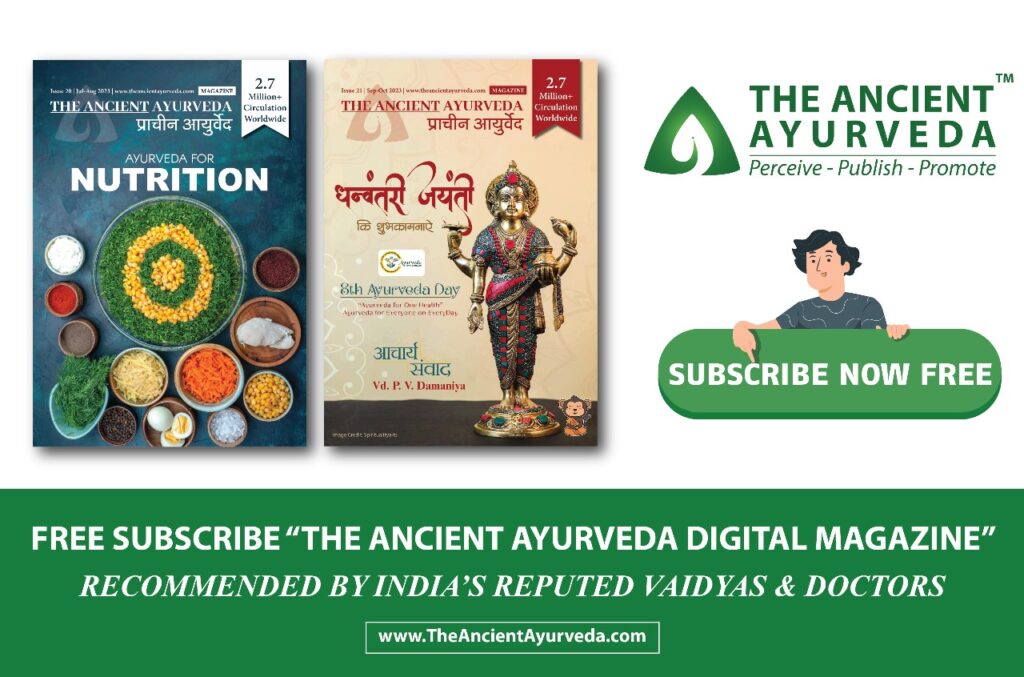The liver performs a staggering number of essential roles in the maintenance and performance of the body. Among these primary roles are the metabolism of fat, protein, and carbohydrates; detoxification; and bile secretion. For this reason, maintaining a functioning liver is essential to general health and wellbeing. Unfortunately, alcohol consumption, bad dietary habits, environmental pollutants, and prescription and overthe- counter drug usage can all harm and weaken the liver, ultimately leading to cirrhosis, hepatitis, and alcoholic liver disease. These days, conventional medicine is exploring the usage of natural materials, like herbs, can give the liver as everyday support it requires.
A buildup of fat in the liver that can harm the organ and cause major consequences is known as fatty liver disease. Obesity, a high-fat diet, excessive alcohol consumption, and diabetes mellitus are risk factors. People with fatty liver disease are typically advised to change their diets, engage in regular exercise, and reduce their body weight.
There have been reports of adult NAFLD prevalence in India ranging from 6.7% to 55.1%.
Non-alcoholic Fatty Liver Disease (NAFLD) or “Fatty Liver” denotes the presence of macro vesicular alterations without inflammation (steatosis) and lobular inflammation in the absence of significant alcohol consumption. NAFL (Non-Alcoholic Fatty Liver) or simply Steatosis and NASH (Non-Alcoholic Steatohepatitis) are the two subtypes. NAFL is described as hepatic steatosis with no indication of hepatocellular damage in the form of hepatocyte ballooning.
Causes of Fatty Liver
- Excessive calorie consumption causes fat to accumulate in the liver. Too much fat accumulates when the liver does not process and break down fats as it should.
- Obesity
- Alcoholism
- Fast weight loss, and starvation can all contribute to fatty liver. However, even if none of these symptoms exist, some persons acquire fatty liver.
- Genetic inheritance
- Side effects of certain medicines
- Too much iron in the body
- Hepatitis C (Which cause inflammation in the body)
- Medical conditions like PCOS, Hypothyroidism are the possible causes of fatty liver disease.
Symptoms of Fatty liver
- Weight loss
- Tiredness
- Abdominal pain
- Nausea
- Confusion
Diagnosis of Fatty liver
Techniques to diagnose fatty liver are:
- Blood tests
- Ultrasound: Fatty liver may be found by seeing the image of liver in ultrasound. The fat in the liver will be seen as white area.
- Liver biopsy: A needle will be inserted in to the liver, and a tissue
Risk factors of Fatty liver
- Being obese or having type 2 diabetes
- Malnutrition
- Excessive alcohol use
- High cholesterol and High triglyceride level
- Taking excessive dose of certain medicines
- Metabolic syndrome
Complications of Fatty liver
- It is proportional to the severity of the histology stage and grade of liver disease.
- Hepatocellular Carcinoma
- Cardiovascular disease
- Ascites
- Hepatic encephalopathy
- Variceal haemorrhage etc.
Treatments of Fatty liver
There is no certain treatment of fatty liver. Preventing the risk factors like weight loss, Quitting alcohol, Managing cholesterol and sugar level. Eating a healthy and balanced diet can help to reduce fatty liver. The underlying medical conditions should be treated first.
Fatty Liver – An Ayurvedic Perspective
Fatty Liver refers to the presence of fat in the liver, which is referred to as Meda (Fat) in Yakrit (Liver). An essential part of an Ayurvedic diet plan for the prevention and treatment of liver illnesses is the constitution (Prakriti) and the digestive power (Agni).
- Ahara
Food processing procedures (Samskara or Paka) and food combinations are critical considerations for a healthy liver.
- Vyayama
In clinical medicine, pranayama (breathing exercises), asana (yogic posture), and dhyana (meditation) are all quite popular. Yoga therapy has been shown to be effective in treating obesity, pre-diabetes, and improving liver function. Surya namaskara has good effective in NAFLD.
Other yogic practices like -Ardha matsyendrasana, Gomukhasana, Dhanurasana, Kapalabhati pranayama, Dhyana (Meditation) very useful NAFLD as well as NASH. Practice meditation can increase of positive attitude and energy by means of deep relaxation. Meditation decrease craving for alcohol and nicotine.
So practice of Yoga and dhyana can prevent the Liver disease or prevent the progression of Liver diseases. Physical exercise can reduce fatty liver index and reduce NASH.
- Significance of Panchakarma
Panchakarma can influence gut bacterial makeup as well as lipid metabolism via bile acid production. Detoxification helps for addiction rehabilitation, weight loss, and liver illness.
Prevention
- Life-style modifications
- A proper and healthy diet
- Maintaining an ideal body weight
- Daily exercise
- Avoiding alcohol consumption- It has been stated that 90 to 100% of persons involved in alcohol misuse or overuse develop fatty livers, which if not detected and treated early, can lead to some extremely significant problems.
- Controlling the existence of conditions such as Hypertension, Diabetes, Hyperlipidaemia through medications.
Home Remedies
The most important thing to do if you have fatty liver disease is to follow a healthy diet. You should avoid foods high in harmful carbs, such as refined sugar and white bread. Processed meals that can be turned into triglycerides, such as carbonated drinks and French fries, must be avoided at all costs. Consume plenty of canola and olive oil, as well as foods high in fiber, such as vegetables and fruits. Furthermore, minimize your regular intake of salt and sugar, as well as spices like curcumin and turmeric, which are all healthy to your liver. Omega-3 fatty acids are polyunsaturated fats found in foods such as oily fish and some nuts, seeds. They are known to have benefits for heart health, NAFLD it may help to reduce liver fat. Vitamin E is one antioxidant that may reduce inflammation caused by NAFLD.
Summary
Prevention and treatment of fatty liver disease are possible through lifestyle changes and Ayurvedic medicine. Diet, yogic intervention, Panchakarma therapy, and medication therapy are all part of Ayurvedic medicine.

